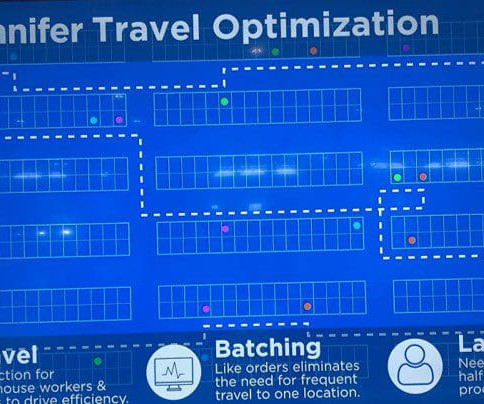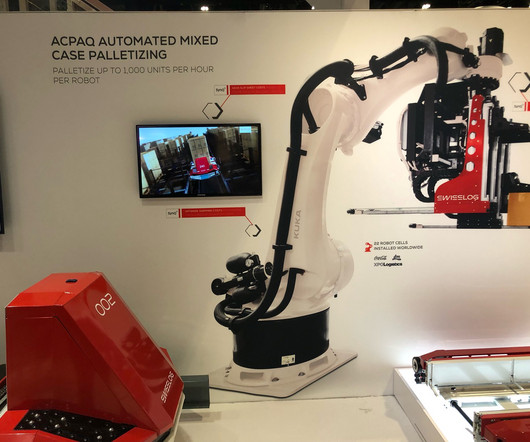Lucas Systems is more than a Voice Vendor; They are a Warehouse Optimization Solution
Logistics Viewpoints
MAY 20, 2024
Lucas began pivoting toward becoming an optimization company in 2017 when it introduced dynamic task prioritization and pick-path optimization. Once the work has batched, the system works on path optimization. But batching and path optimization work together for increased synergies.















Let's personalize your content